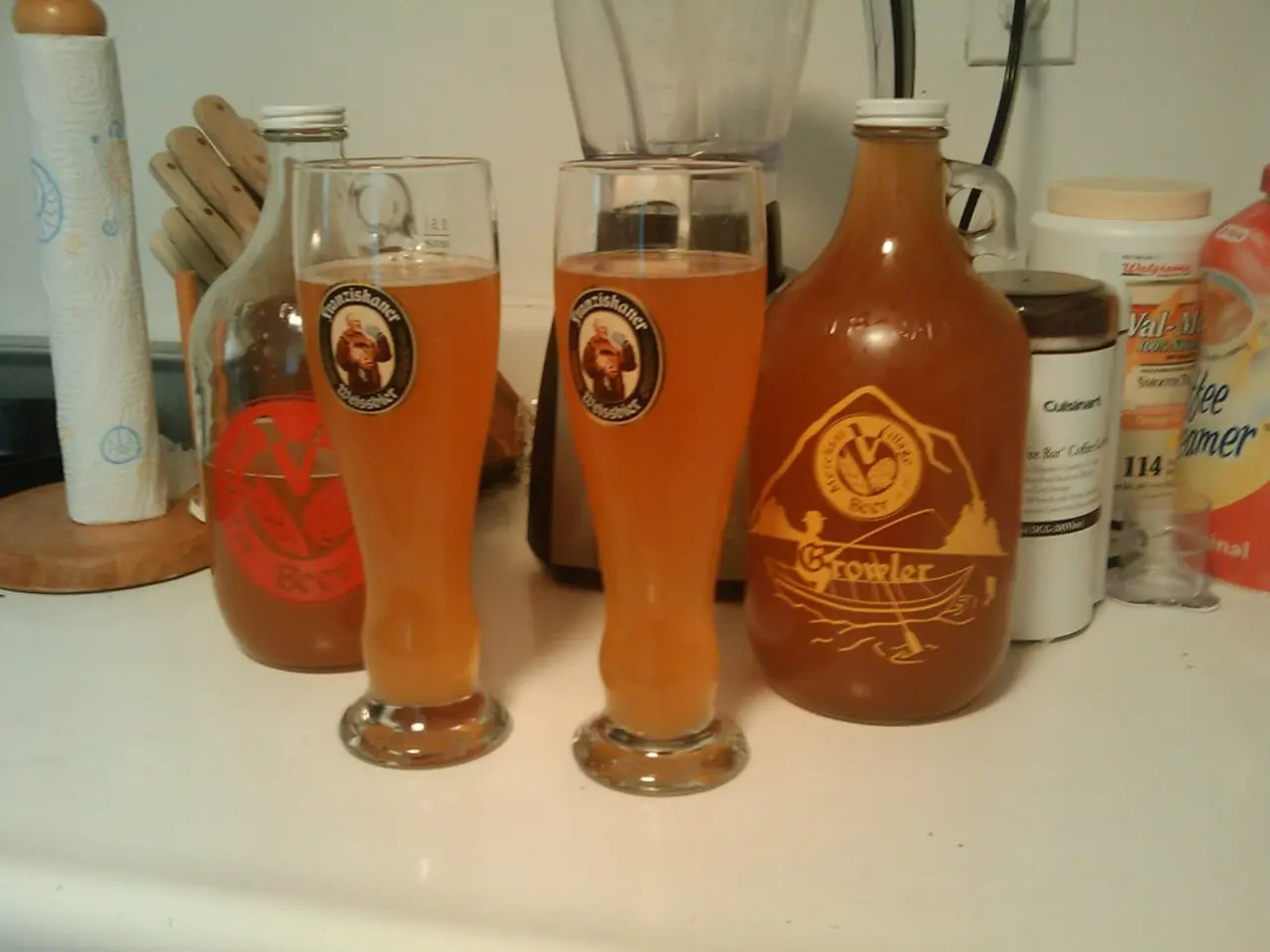Soft Drinks Industry forecasted to surpass USD 563.4 billion by 2034
The global soft drinks market is set to experience a steady growth trajectory, with projections suggesting a compound annual growth rate (CAGR) of around 5% from 2025 to 2034, according to industry reports. By 2034, the market is expected to reach an impressive USD 563.4 billion, reflecting dynamic consumer trends and economic contributions.
Hypermarkets and supermarkets lead the soft drinks market, accounting for 53.3% of sales in 2024. Cola dominates the market with a 47.4% share, while carbonated soft drinks hold a 42.5% share. These figures underscore the market's robustness and the enduring popularity of traditional soft drinks.
The growth of the soft drinks market supports ancillary industries, such as advertising and logistics, creating jobs and boosting local economies through increased consumer spending and tax revenues.
One of the key factors driving the growth of the soft drinks market is the increasing demand for food and beverages globally, fueled by lifestyle changes and convenience needs. This trend is particularly evident in North America, which captures 38.3% of the global market share, valued at USD 143.3 billion in 2024.
Health and wellness trends are also shaping the market, prompting the development of sugar-free, low/no-calorie, and functional beverages. Companies like Coca-Cola and PepsiCo are responding to this demand by launching products such as Simply Pop and prebiotic soda brands, respectively.
Innovation in flavors and diversification of ingredient choices are also driving the market, with premium, craft, and artisan soft drinks attracting a broader consumer base. Sustainable practices and eco-friendly packaging are becoming significant market drivers, as consumers increasingly seek environmentally responsible products.
Strategic marketing and branding efforts are also contributing to market growth, with companies leveraging digital marketing and e-commerce platforms to enhance accessibility, affordability, and appeal. Cultural and regional tastes are encouraging customized product offerings tailored to local markets, further supporting expansion.
The growth of specific segments, such as malt beverages and energy drinks, is also notable. These segments are driven by increasing consumer interest in refreshing, low-alcohol, and functional energy-boosting drinks. For instance, Keurig Dr Pepper's acquisition of GHOST Energy, a fast-growing energy drink brand, underscores this trend.
However, the soft drinks market is not immune to challenges. Supply chain disruptions, like those experienced during the COVID-19 pandemic, can impact global trade. Companies like Red Bull, with its focus on high-caffeine energy drinks, are also targeting specific demographics, such as extreme sports enthusiasts.
In conclusion, the global soft drinks market is poised for steady growth, driven by a combination of factors including lifestyle changes, health and wellness trends, innovation, sustainability, and strategic marketing. Despite challenges, the market's robustness and resilience are underscored by its ability to adapt and evolve in response to consumer demands.
Sports reports indicate a surge in the popularity of energy drinks among athletes and fitness enthusiasts, mirroring the growth trajectory of the soft drinks market. Simultaneously, general news outlets highlight the increasing demand for sugar-free, low/no-calorie beverages, reflecting the impact of health and wellness trends on the soft drinks industry.






